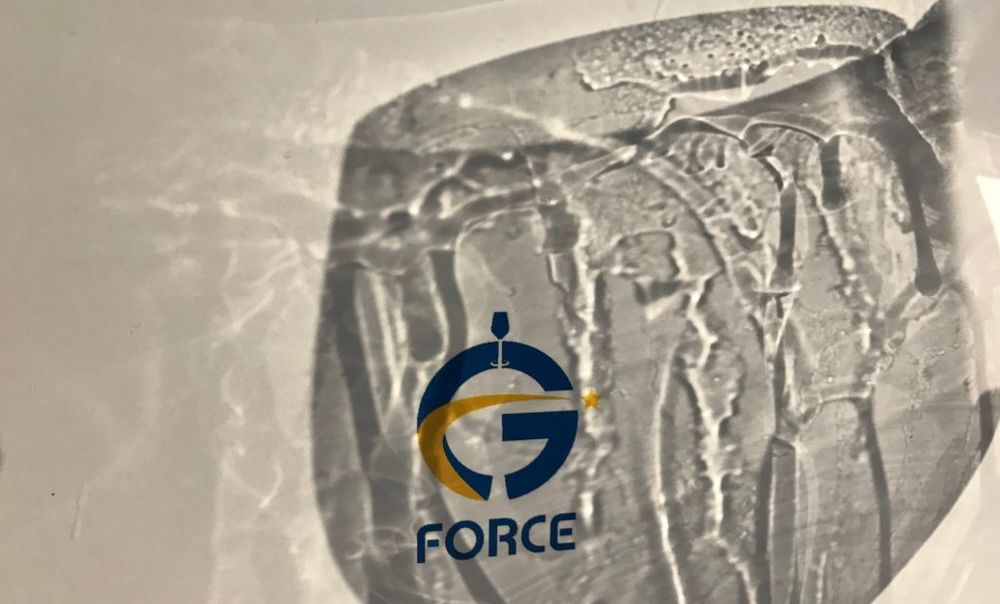Held at Soho’s über-hip Vinyl Factory, G Force had over 200 wines on show, using 23 varietals with sections including Top of the Crops, Germany’s Coolest Wines and obligatory importer/ producer stands.
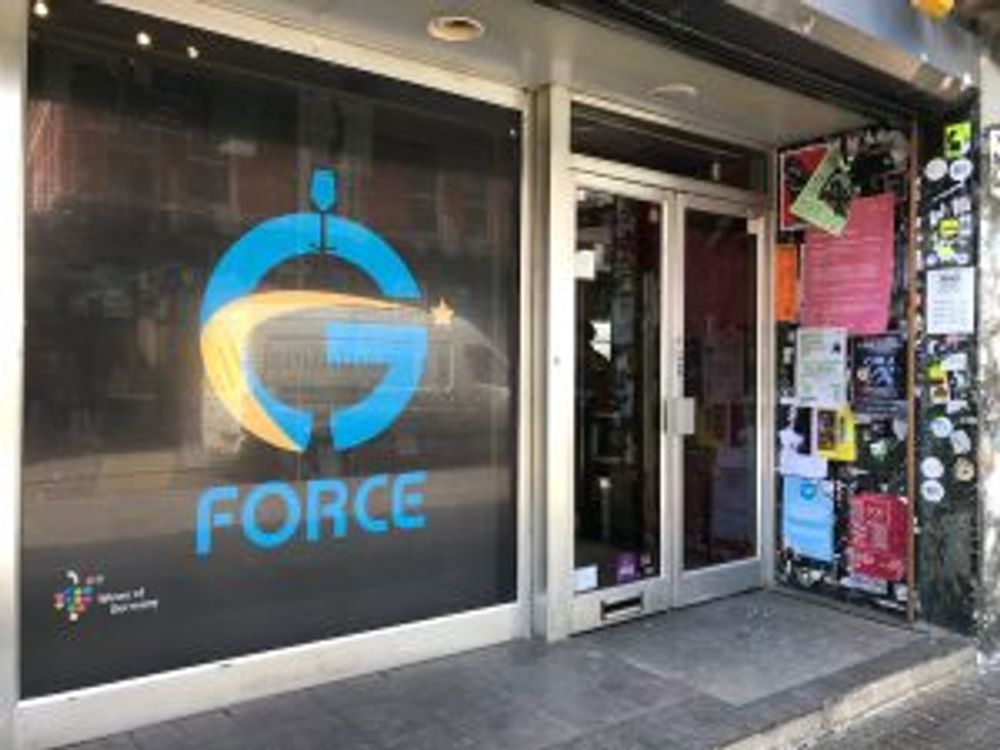
Vinyl Factory, London, May 1 2018
In case you’ve not cottoned on yet, probably the coolest wine region undergoing a revival is Austria and Germany combined, with Alto Adige, the Jura and Switzerland thrown in for good measure. Not in any other of the ‘Old World’ countries has a ‘New World’ approach taken hold so extensively – a laissez faire attitude driven by a new generation of winemakers either taking over the reins of existing wineries or starting afresh.
In Germany, on the one hand, you have the next generation taking over traditional wineries and probably planting international varietals (due to climate change) to supplement the wines that have always been made at the family winery for centuries. On the other hand, and more interestingly, you have winemakers who have not inherited a family crest, are well travelled, have an international perspective and who are making wines that both speak of the terroir, and speak to a like-minded audience.
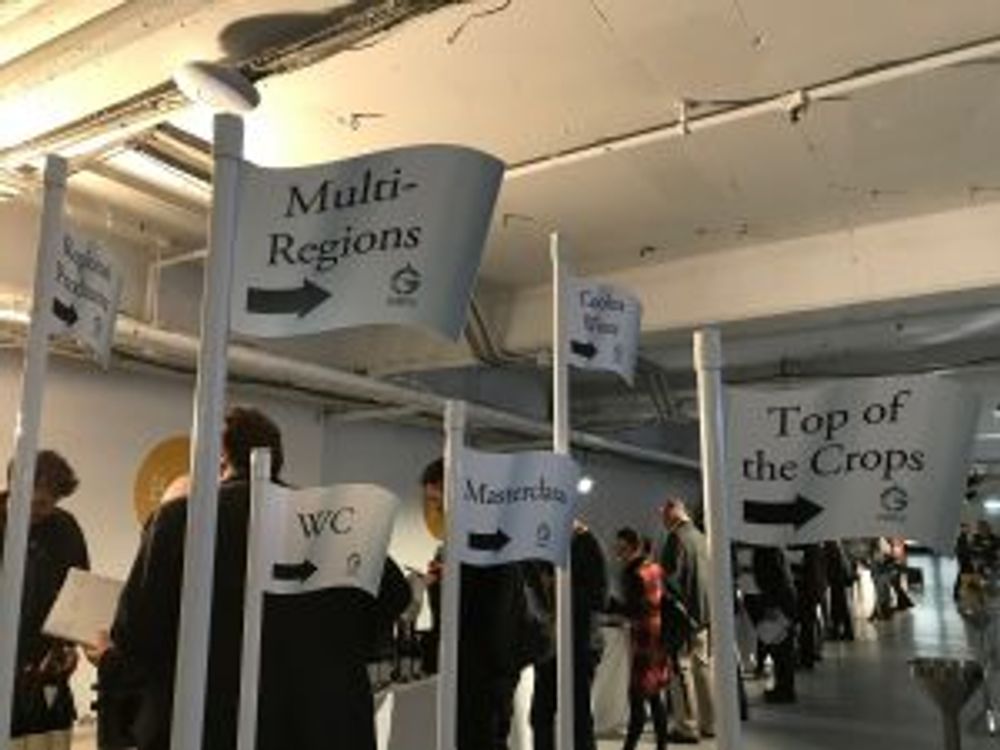
Last month’s excellent New World/ Old World tasting of largely Austrian wine was a fascinating window on this world and yesterday’s G Force tasting was another – you can almost hear the apple carts being turned over.
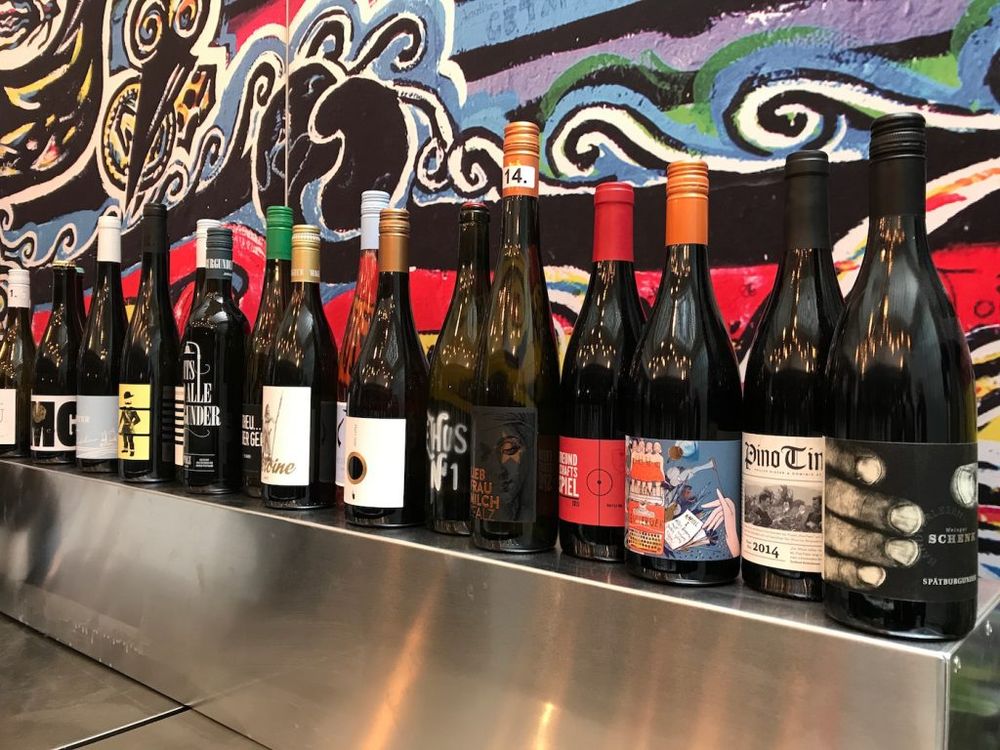
A selection of the 20 Coolest Wines
Germany’s Coolest Wines
If you can get past the slightly cringey self-proclamation of ‘Germany’s Coolest Wines’ what you have here is a collection of 20 wines that were subject of a large scale, professionally-chosen and publicly-voted publicity campaign in Germany, that attracted 385 entrants and 850 votes from the public. The winner, Das Riesling-Kartell 2015, a dry Riesling from the Mosel, was made by six winemakers who work on individual estates and used a viral video to help promote their wine.
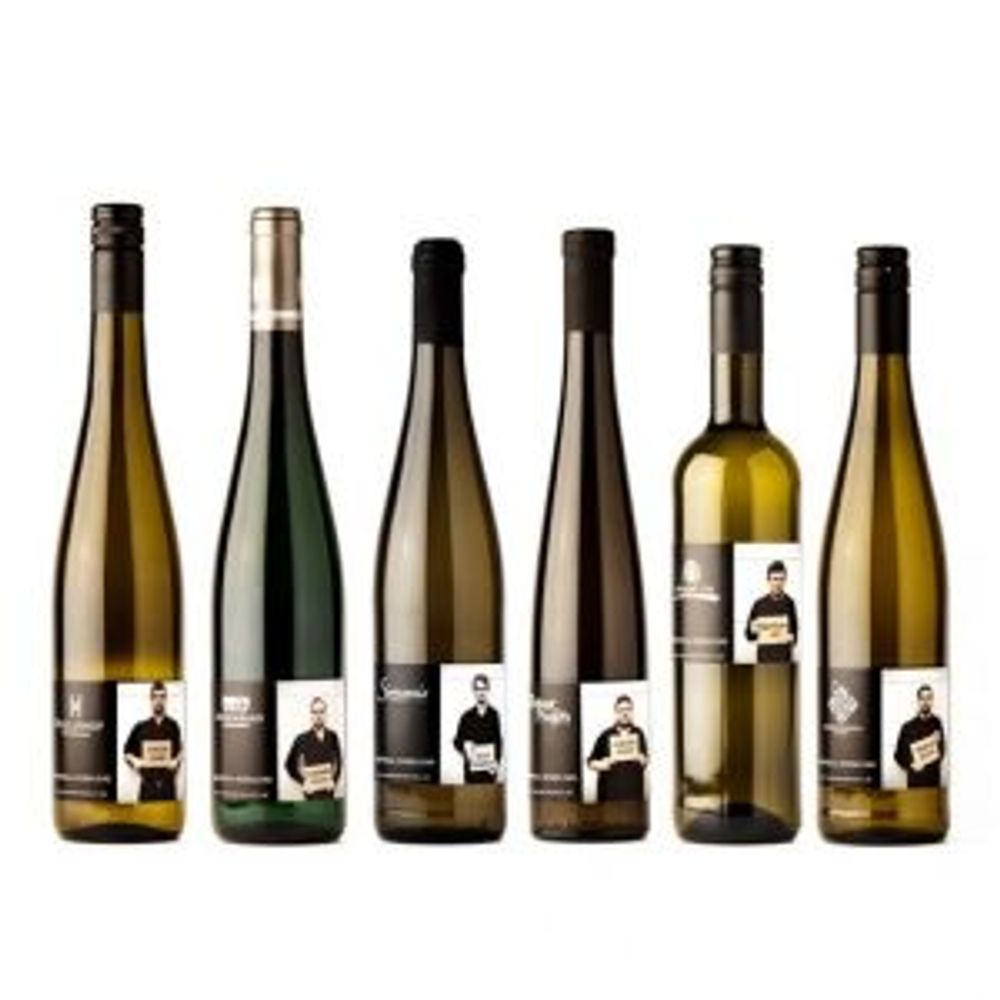
Forget the fact that in real life they look like members of Herb Alpert’s Tijuana Brass and that the label to the wine is also a little passé (Usual Suspects), if it’s changing public perceptions we’re talking about then maybe obvious, broad brush-strokes is what’s needed.
Most importantly the wine itself delivered as did most of the other 20 on show in this section at G Force. And what an imaginative selection of well-made and interesting-looking wines they were.
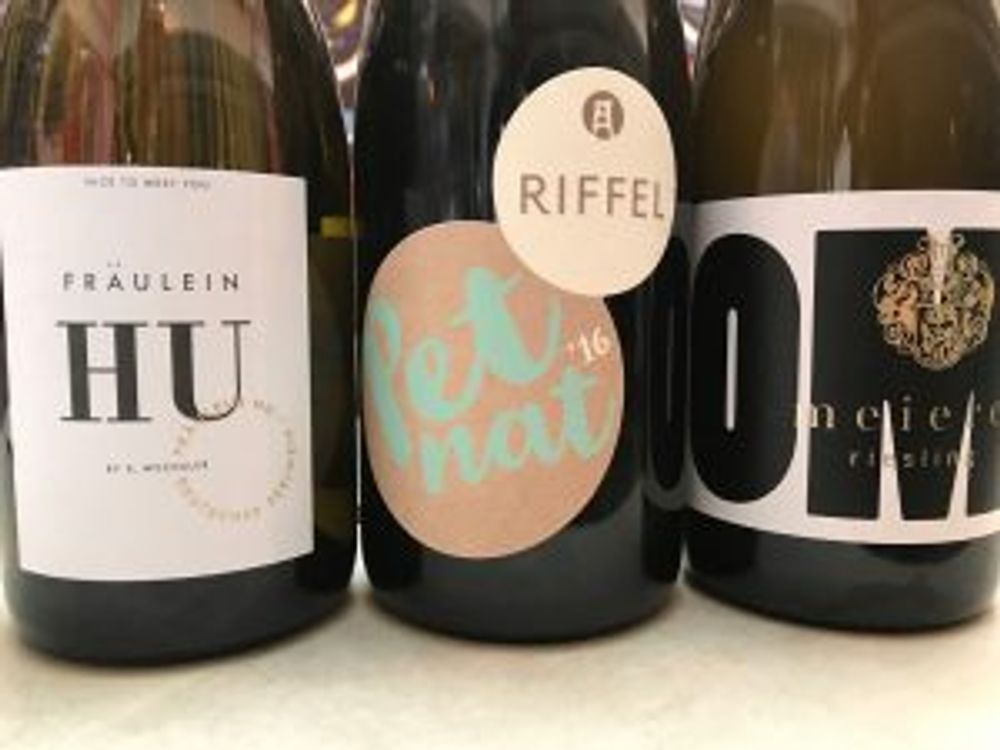
There were two Pet Nats (OMG! From Weingut Meierer my preferred) and a modern take on Sekt called Fräulein Hu Perlwein from Weingut Katharina Wechsler that was clean and fresh with great acidity. Also an orange wine called Ethos No.1 made from Silvaner by Franken’s Ethos winery – bitter, green, fresh nuts – curiously moreish.
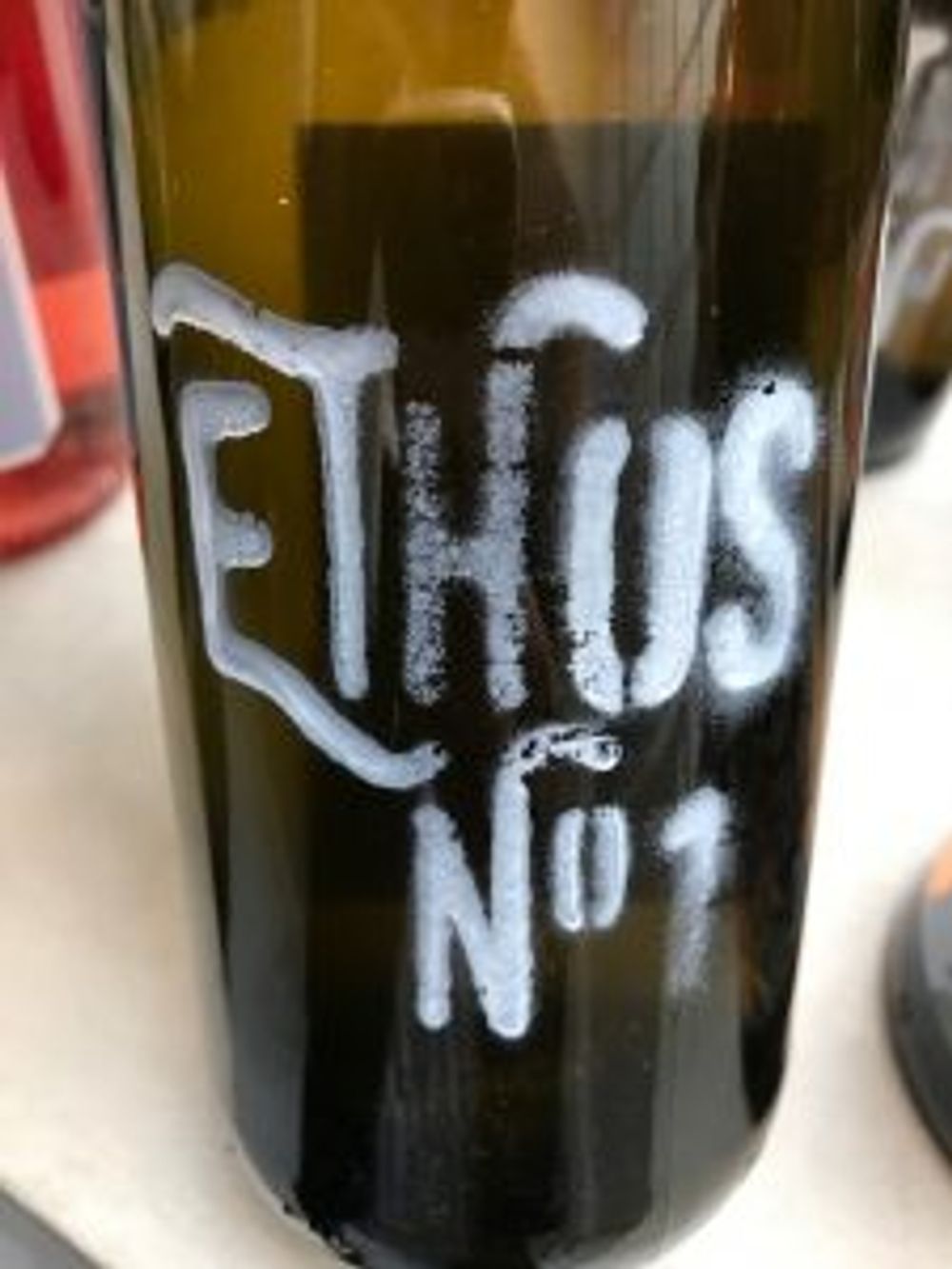
‘Seefahrer’ 2016 from Weingut Forster was a deliciously crisp dry Riesling from the Nahe; the Weissburgunder from Weingut Welter 2016 called Grosstadthelden was a crisp, focused food wine; and the Lemberger (surely German’s ‘trump card grape’ away from the obvious two) from Württemberg’s Weingut Bihlmayer called Liebe Leben Lemberger was fascinating – a spicy nose, followed by a green crunch and a nice creamy finish.
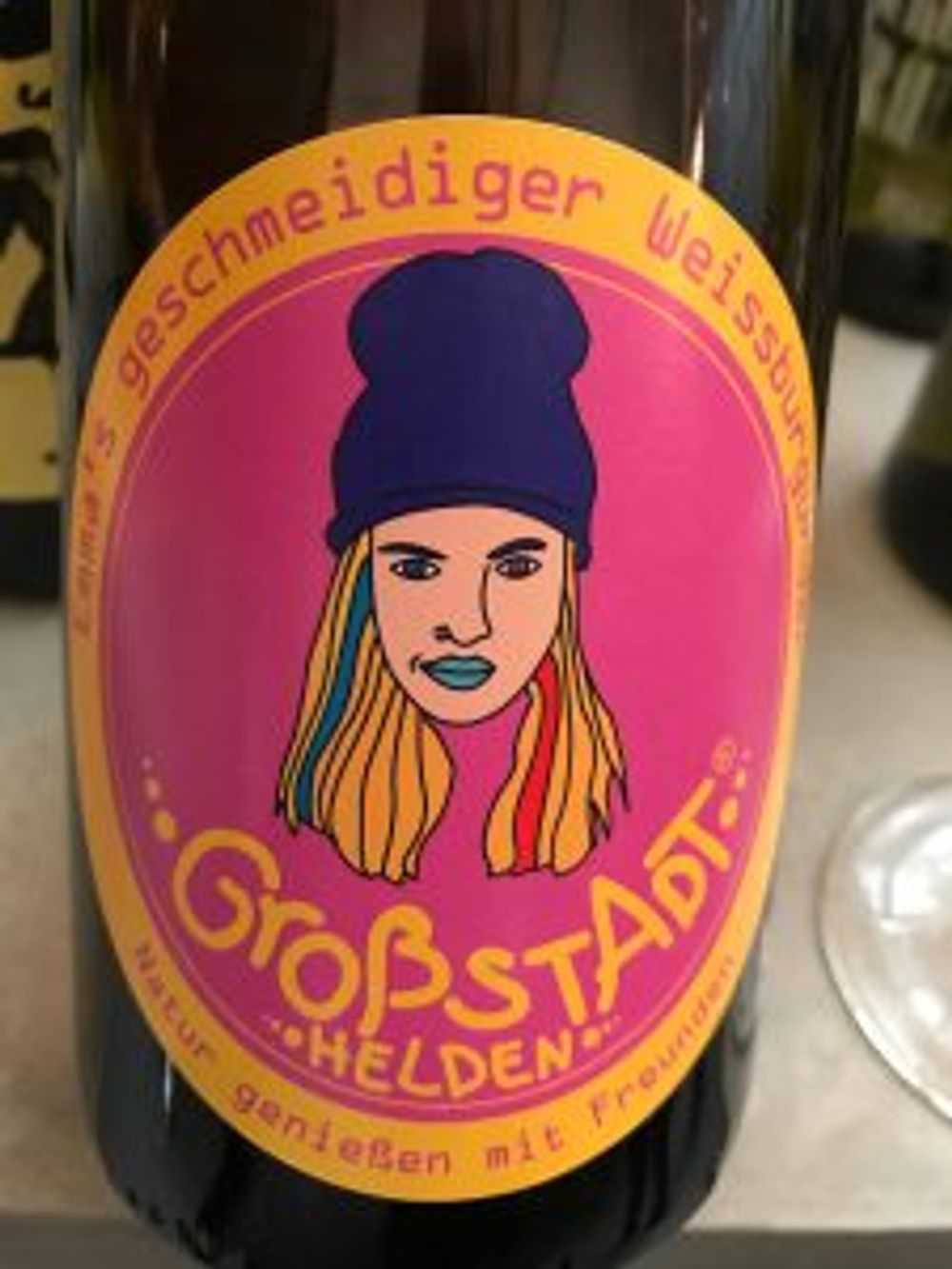
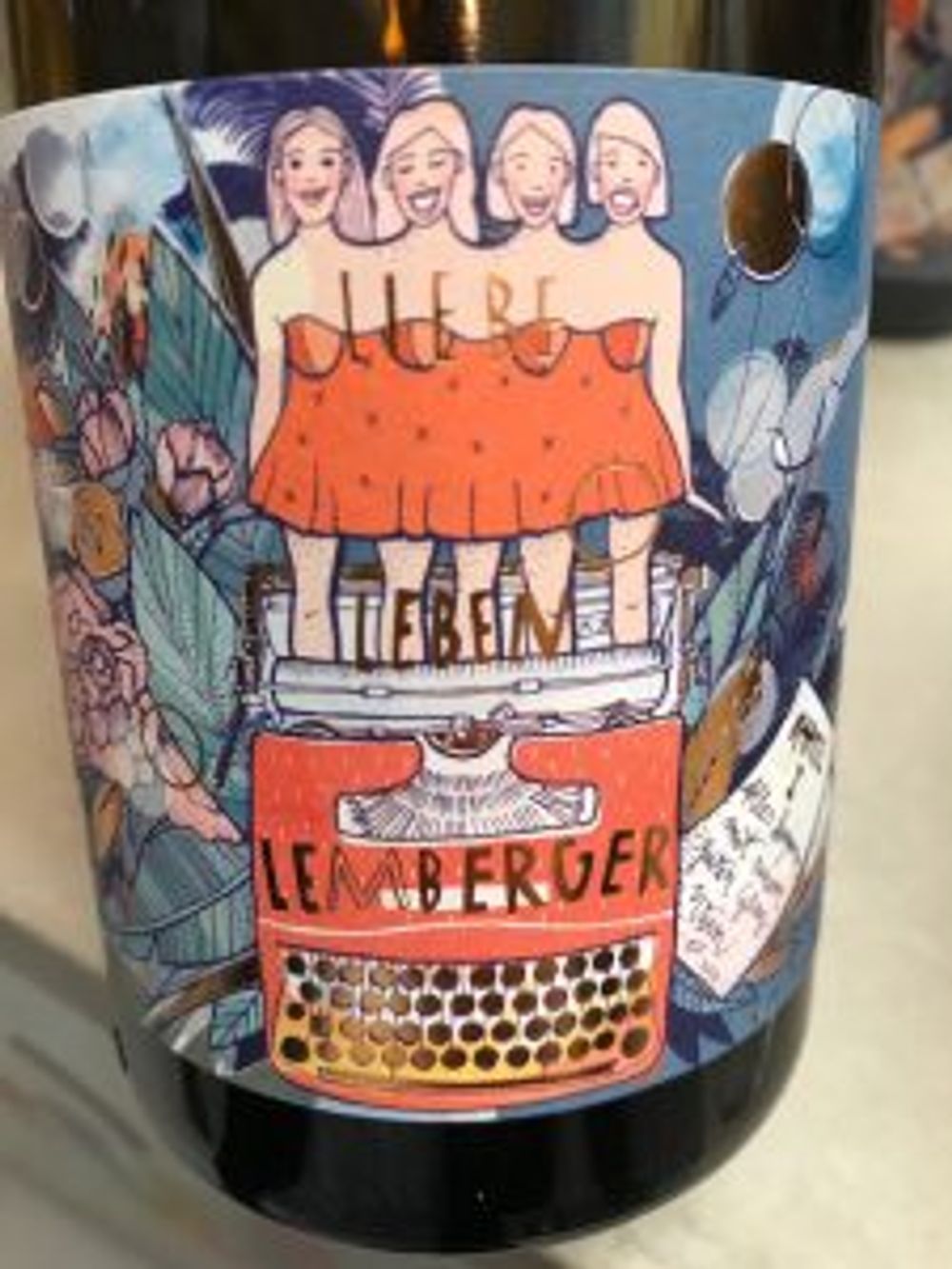
And then – cue horror movie crack of thunder – there was the Liebfraumilch Premium from Pfalz’s Weingut Hammel. In the same way that Retsina is resurfacing with some aplomb and Lambrusco in Italian wine tastings so make way for the other 70s ‘bad boy’ Liebfraumilch to re-establish itself. Seriously.
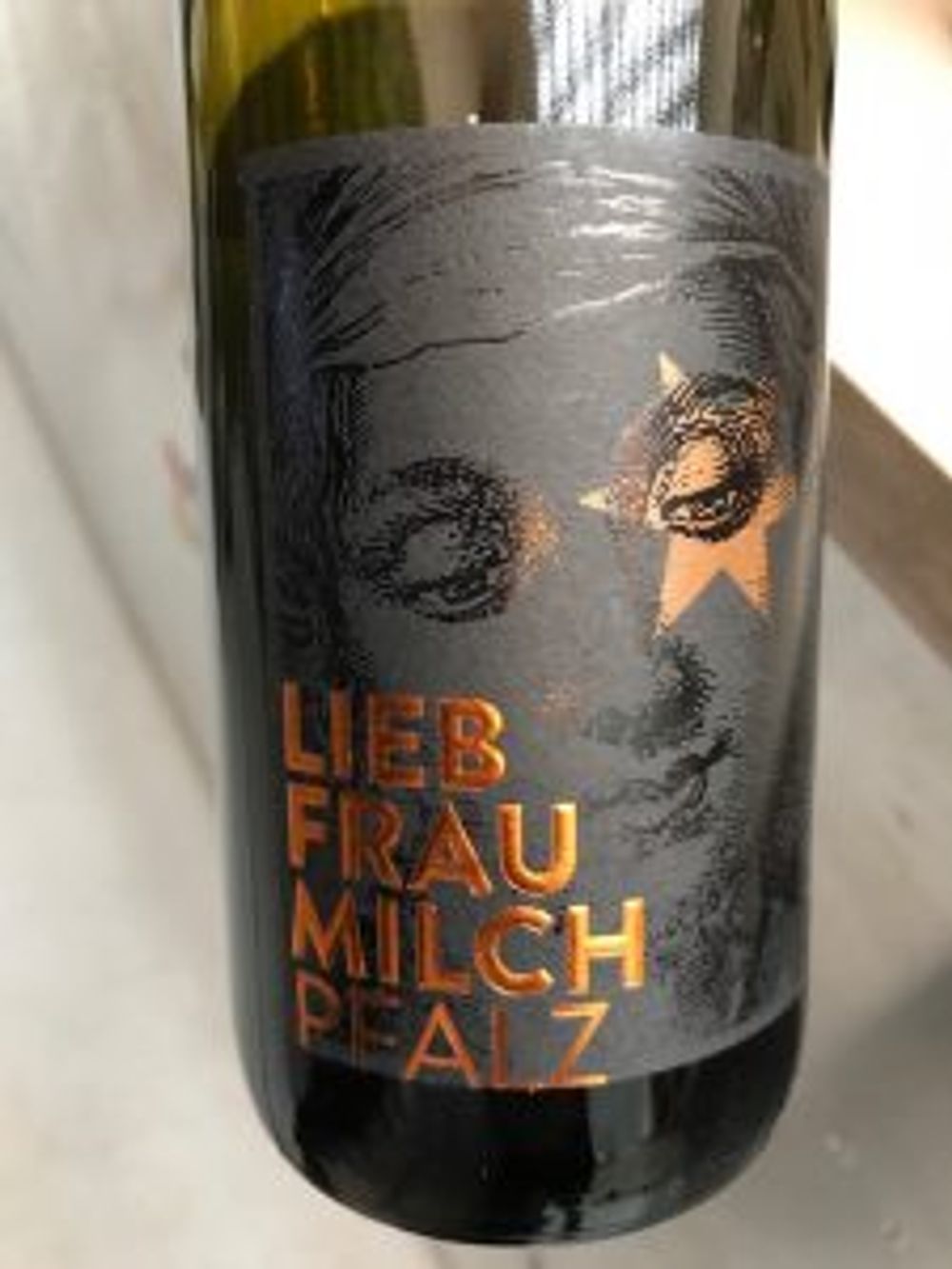
OK so there was 20g/l residual sugar in this wine but there was also 7g/l acidity that balanced the wine well. Worth noting incidentally that Dönnhoff’s Kabinett has an RS twice this. The Liebfraumilch wasn’t my favourite wine of the tasting but it was well made and there is definitely a market in the UK for this wine as no doubt there has always been one in Germany. I could see this being a by-the-glass wine in the right establishment.
And that’s not all folks
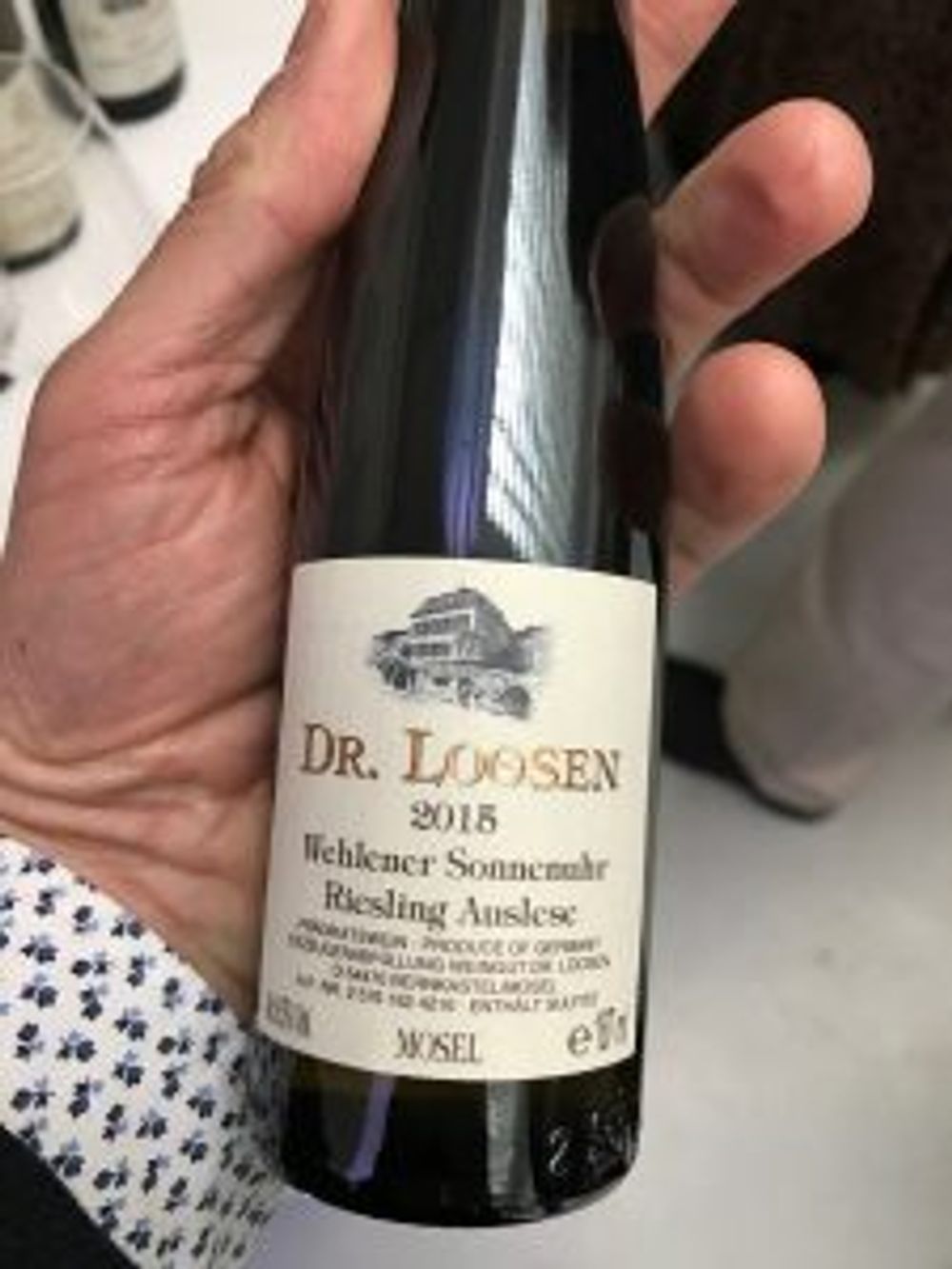
Make your hands look just like a giant’s!
Other curios that stood out at G Force included a 187.5cl bottle of 2015 Riesling Wehlener Sonnenuhr Auslese from Dr Loosen (ABS Wine Agencies) that was terrific wine and a superb format allowing such quality wine to RRP at £10.50. It was like a pocket-sized, portable pudding – so rich and unctuous – great for wine lists, hikes and a cycle picnic (only 8.5 ABV).
Oliver Zeter had two fascinating half bottles on the Delibo Wine Agencies stand, a Trockenbeerenauslese called Goldschatz that was made up of largely Sauvignon Blanc but had three other varietals including Huxelrebe in. It was voluptuous, with ripe yellow fruits, acacia honey, and would make a great accompaniment to apricot tart or brownies and ice cream. And, get this, a TBA for £25 RRP?! The other curio was a bottle of auslese-sweet 2017 Sauvignon Blanc called Sweetheart that was simply delicious and very, very different.
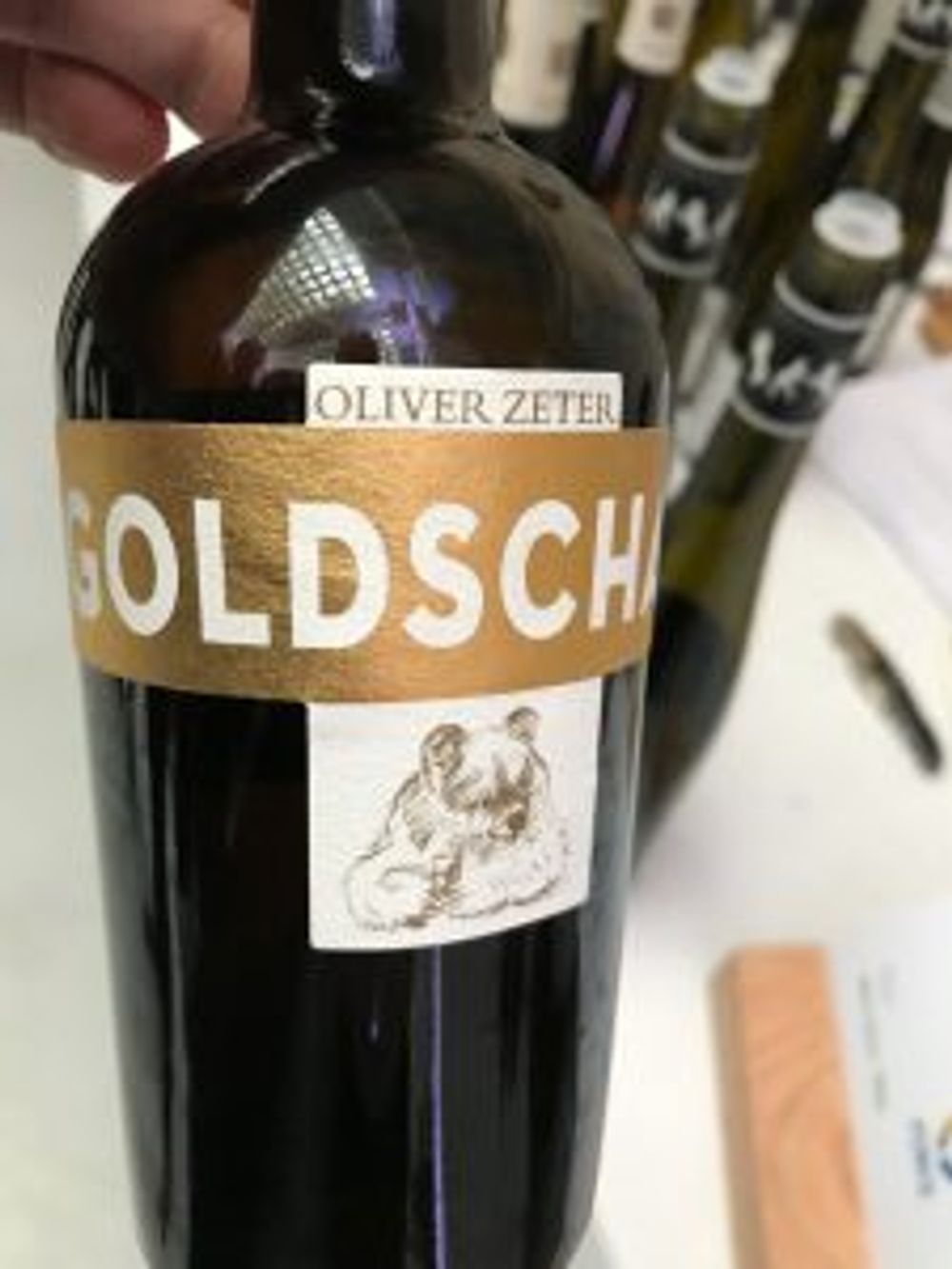
Of course G Force wasn’t just about ‘cool’ and curious. There was great wine to be had all over the place.
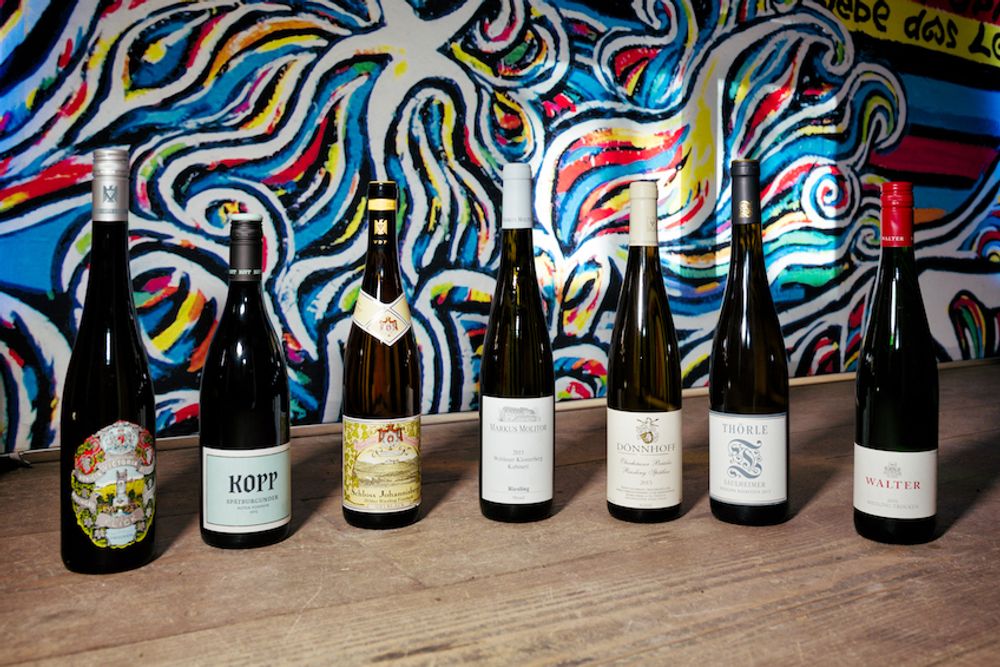
Magnificent seven: the wines picked by G Force as the best on-trade wines
Best wines for the on-trade
There were seven wines (six Riesling) picked out in Top of the Crops 2018 as being Best On-Trade Wines. The three standouts here were the Saulheimer Riesling Kalkstein 2015 from Thörle (Carte Blanche Wines) which with just 2.8 g/l was elegant, reserved and focused. The ever-reliable Riesling Feinherb Yellow Seal 2016 from Schloss Johannisberg (Hallgarten) that was a fuller, fruitier style with a nice lick of mineral on the finish and the best of the bunch for me was the Markus Molitor Wehlener Klosterberg Kabinett 2015 (Bibendum) that had a pretty honeysuckle nose with grapefruit, lemon zest, and a zingy mineral/ acidity running through it like an electric current. For an RRP of £14.64 this is outstanding value.
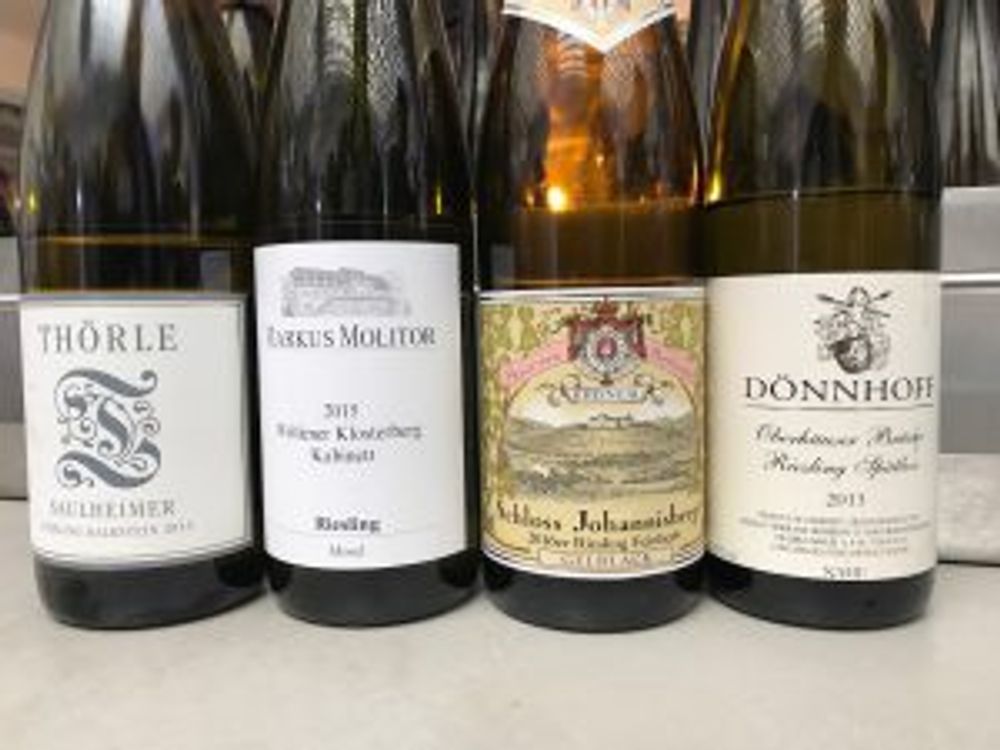
Of course the problem with a Best Of section is that it can only reflect wines that labels have paid to enter so doesn’t give a full picture – so the other wines that weren’t labelled as a Top of the Crop that I would single out as great on-trade wines are:
The entry level Pinot Noir from Weingut Claus Schneider, Spätburgunder Weiler 2015 that uses 10% new bunch (his top cuvées go to 80%) that had firm structure, evident but easy-going tannins and delicious fruit (SWiG)
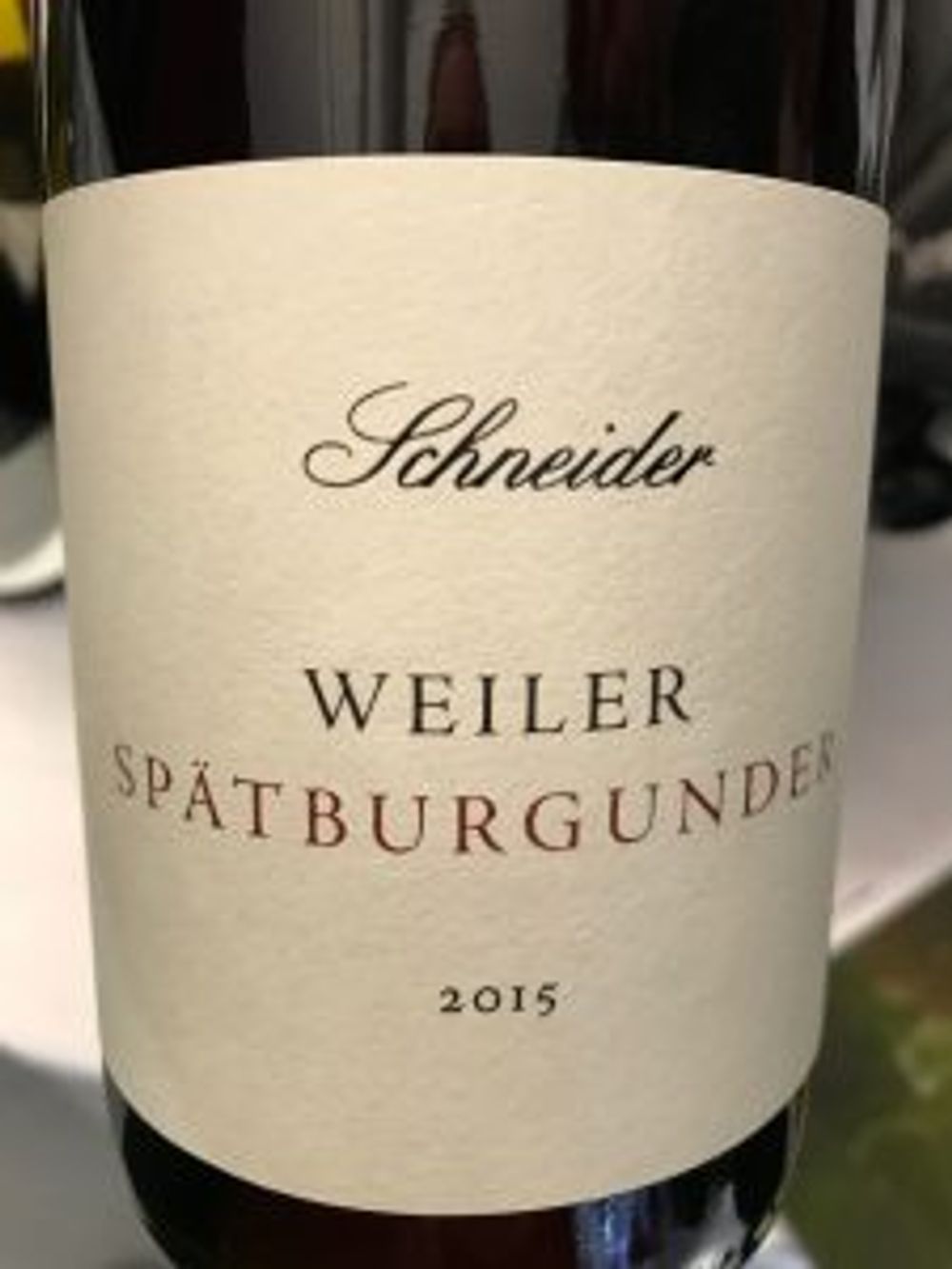
The outstanding top single-plot Riesling from Heinrichshof (Flint) called Sonnenuhr-Rotlay, 2015 which was a dry style clocking in with 4g/l residual sugar. As with some producers who now print Pinot Noir instead of Spätburgunder on the label, so this producer has ‘Dry’ on the label rather than ‘Trocken’ – sensible for the export market.
All of the Dönnhoff wines, but particularly the entry level Kabinett 2014 that, even with 39 g/l residual sugar (8.5 g/l acidity) has great poise, balance and a crisp mineral edge. Prices have been creeping up in recent years but at £21.50 RRP (ABS) for one of the world’s best wineries? Get out of town.
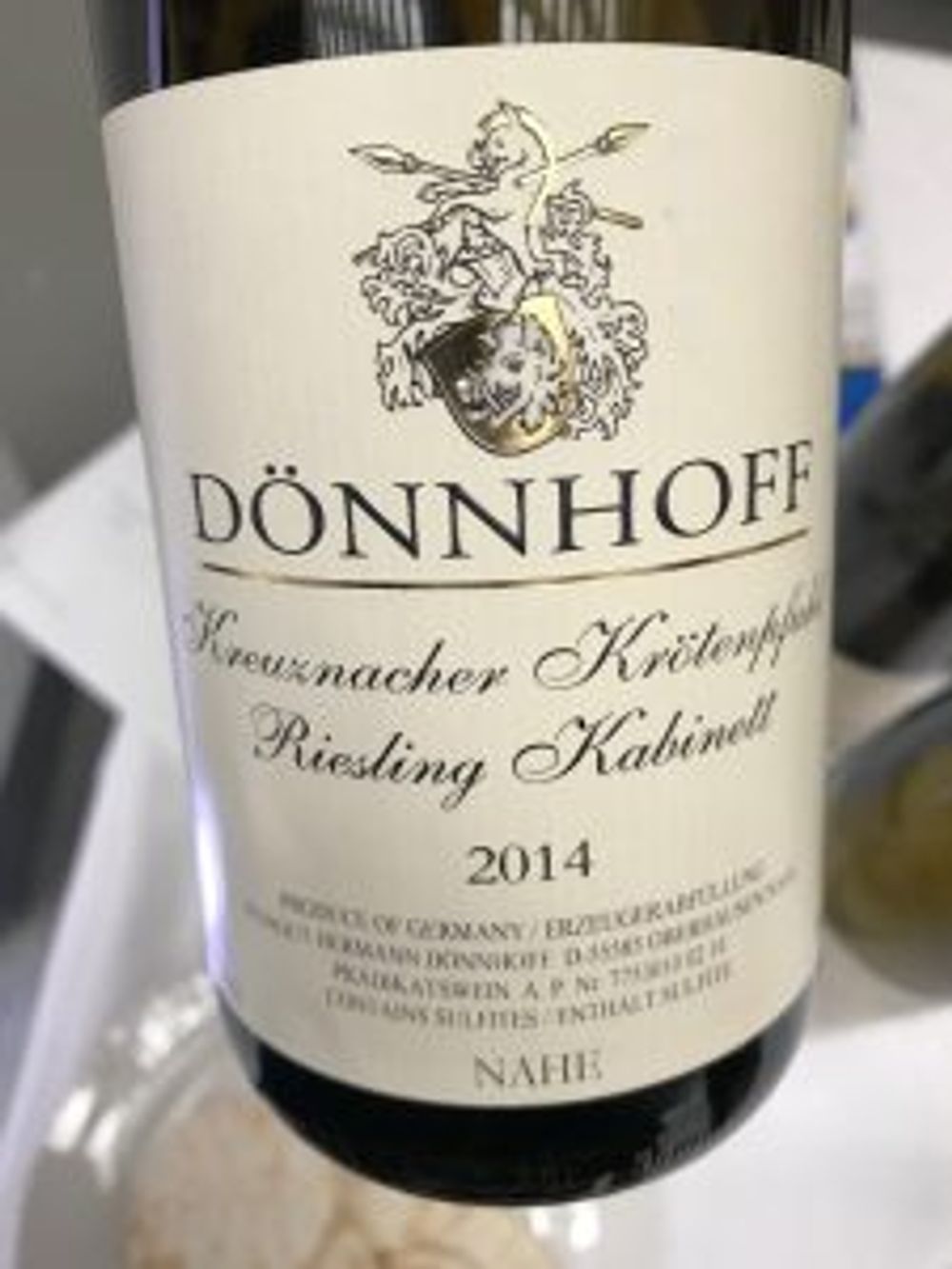
Last but by no means least the Zwölberich range (Dudley Craig Wines) that represented amazing value: the 2014 Riesling Sekt Brut a Charmant-method fizz which was crisp, textured and well-judged with 9.7 g/l residual sugar. There were many highlights in this range – watch out for a special Buyer focus on the range in the next week or so.
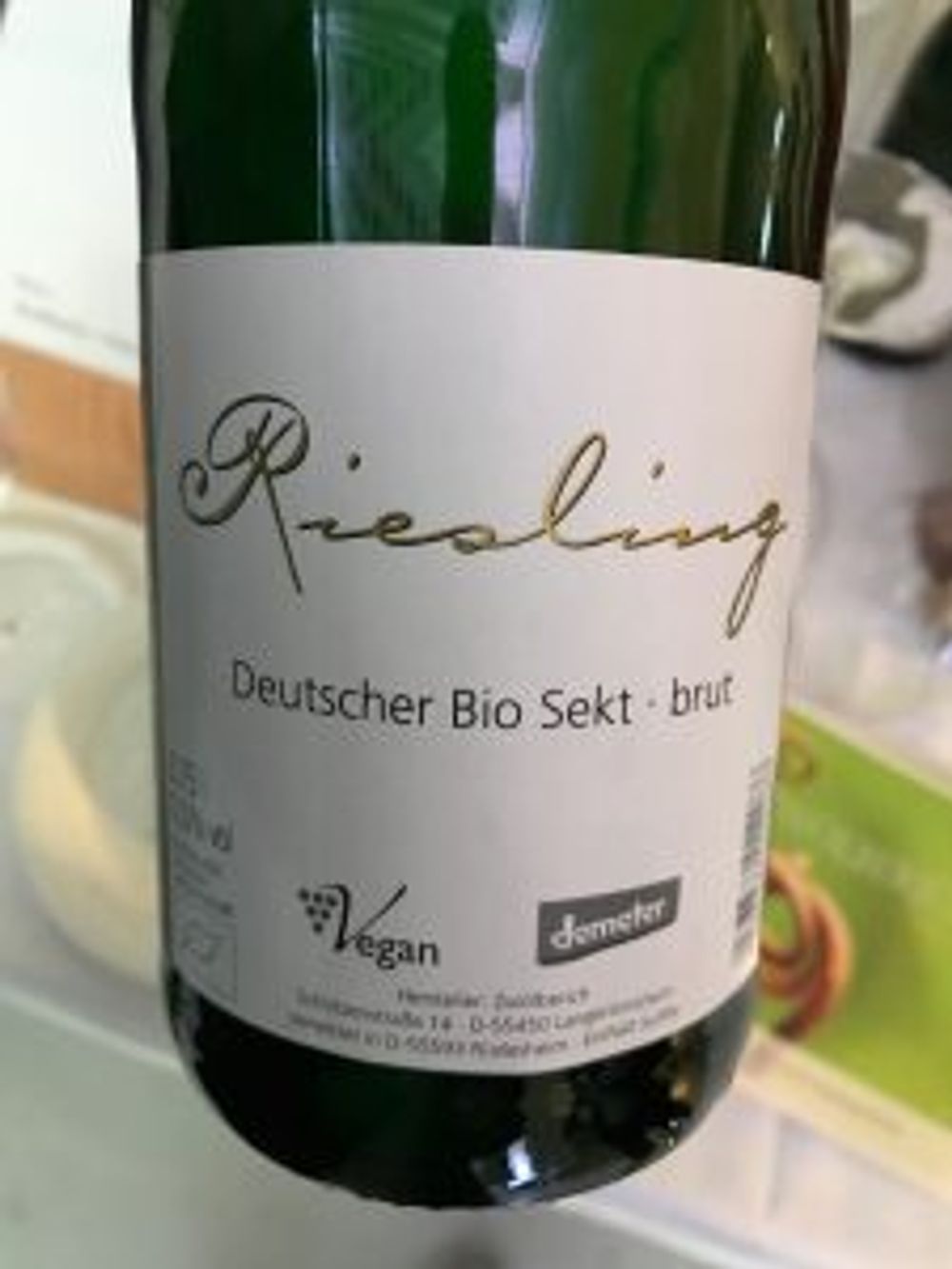
And in conclusion….
G Force was a tasting of so many pleasures. The name obviously alludes to the force of gravity an astronaut feels on lift-off but I suspect also some marketeer doffed their cap towards Battle of the Planets the 1970s cartoon series whose heroes were collectively called G Force and whose spaceship was called the Phoenix. Rising up from the ashes? Probably too much – German wine has never been ‘away’ but maybe it is our tastes that have changed.
As I left the tasting and exited through Vinyl Factory, I went past the new compilation of Deutsche Elektronische Musik: German Rock and Experimental Music 1972-83 and mused maybe Germany has always been cool, it’s just we have been too afraid to admit it.
